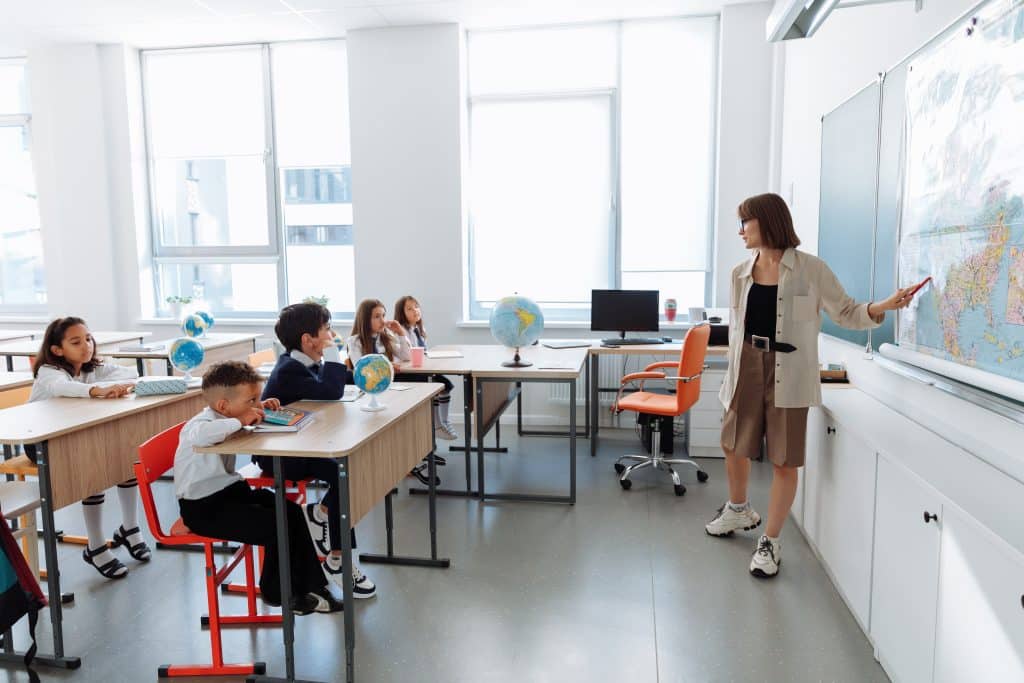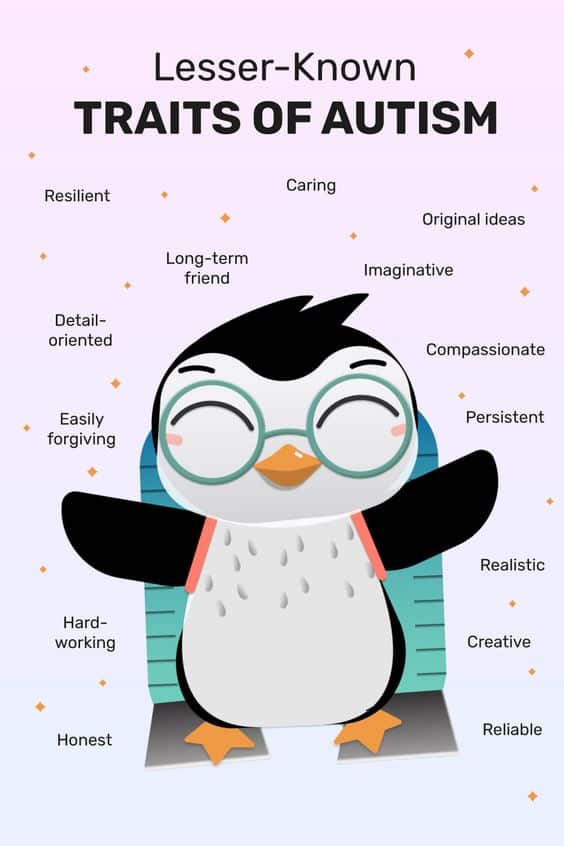Imagine the first day of school for your child. The fresh smell of sharpened pencils, the chatter of eager classmates, and the promise of new beginnings. Now, picture this experience through the lens of a child with autism. It’s a whole different ball game, isn’t it? Navigating the world of education can be a daunting task for parents of children with autism. But, don’t worry, you’re not alone in this journey. In this blog post, we’ll explore the different educational options available for students with autism in schools — from general education classrooms to resource classrooms, special education classrooms, and even autism-specific settings. We’ll also delve into how some students thrive in inclusive settings, while others might benefit from more tailored environments.
Table of Contents
Autism in Schools: The Unique Challenges
First off, let’s clarify something. Every child with autism is as unique as a snowflake. That is to say, there’s no one-size-fits-all when it comes to their experiences in school. However, some common hurdles often pop up. For instance, social interactions can feel like a minefield. Transitions might be a source of anxiety. Sensory stimuli can be overwhelming. But remember, these kids aren’t misbehaving. They’re just responding to their world as best as they know how.
What does this mean for you as a parent? It means that understanding your child’s unique needs is the first step in supporting them. It’s about viewing the world through their lens and adapting the environment to suit them, not vice versa.
Supporting Neurodivergent Kids in School
Now, onto the million-dollar question. How can we support kids with thinking and learning differences in school? The key lies in understanding, patience, and the right strategies. For example, a predictable routine can reduce anxiety around transitions. Similarly, a quiet space for sensory breaks can be a lifesaver for kids hypersensitive to noise or crowds.

Read more: Autism Test for Kids
But, it doesn’t stop there. Visual aids can help clarify instructions and expectations. Structured activities can encourage social interaction safely and comfortably. In short, it’s about creating an environment where your child can thrive, not just survive.
- Implement a predictable routine
- Provide a quiet space for sensory breaks
- Use visual aids to support understanding
- Encourage social interaction through structured activities
Goally | The Safest Tablet for Kids

Collaborating with Schools
Working with the school is crucial in meeting your child’s needs. Regular communication with teachers and support staff can help identify potential issues early and develop effective strategies. Moreover, advocating for your child’s rights and ensuring they receive the necessary accommodations is a critical part of this process.
Read more: Free Printable Behavior Charts for School
Remember, you’re not just a parent but also your child’s biggest advocate. So, feel free to ask questions, seek clarifications, and push for your child’s support. After all, it’s all about helping your child make the most of their school experience.
Tools and Resources
Fortunately, in this digital age, numerous tools and resources are available to support kids with autism in schools. Assistive technology, such as Goally’s learning tablet, can be a game-changer. These tools can help kids with autism manage their routines, improve their social skills, and enhance their learning experiences.
For instance, Goally’s learning tablet offers a range of features designed specifically for neurodivergent kids. From visual schedules to reward systems, it’s like having a personal assistant at your child’s fingertips. It’s a tool that supports learning and promotes independence and confidence.
Goally in the Classroom
Evidence shows that kids learn best when they’re having fun. Many teachers recommend using learning tech like Goally to engage with kids in a way they love.
In the classroom, Goally can help kids with:
- Following directions by providing visual and verbals supports to help them understand each task.
- Staying on task by providing timers and reminders to help them stay focused.
- Communicating with their teachers and peers through the AAC Talker app that allows them to express wants and needs.
- Identifying and regulating their emotions before children have a meltdown because they are overstimulated.
Goally’s distraction-free kid’s tablet can be used as a therapy tool to help teach executive function, language, emotional regulation, finger dexterity skills, and more!
Autism in Schools: The Takeaway
Understanding autism in schools is a journey, not a destination. It involves learning, adapting, and advocating for your child every step of the way. But remember, you’re not alone. There are resources and support networks available to help you navigate this journey. With understanding, collaboration, and the right tools, your child can thrive in the school environment. So, as you navigate the world of autism in schools, remember that your child’s unique perspective is not a deficit but a different way of experiencing the world. With the right support, they can succeed in school and contribute to a more diverse and inclusive society.
FAQ’s About Autism in Schools
What are some educational options for students with autism in schools? Schools offer various options like general education classrooms, resource classrooms, special education classrooms, and autism-specific settings. How can visual schedules help students with autism in schools? Visual schedules can help students with autism by providing structure and predictability, reducing anxiety and improving their understanding of what's expected. What role do emotional regulation apps play for students with autism? Emotional regulation apps can help students with autism understand and manage their emotions, leading to improved behavior and social interactions. How can rewards be used effectively in the education of students with autism? Rewards can motivate students with autism to engage in desired behaviors or complete tasks, reinforcing positive learning experiences. Can inclusive settings benefit students with autism in schools? Yes, inclusive settings can provide socialization opportunities and promote acceptance, though some students may prefer more tailored environments.
This post was originally published on 08/23/2023. It was updated on 02/16/2024.

Goally
We help parents teach their kids life skills, like doing bedtime and morning independently. Backed by science, we incorporate evidence-based practices and expert-informed designs in all of our apps and content.






